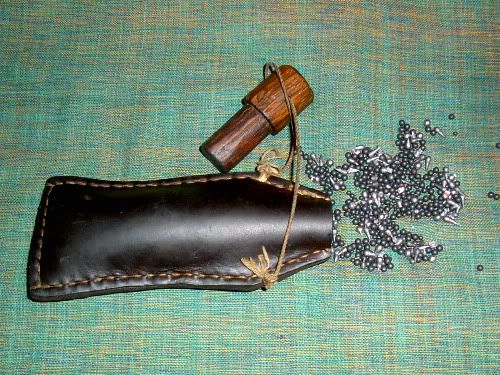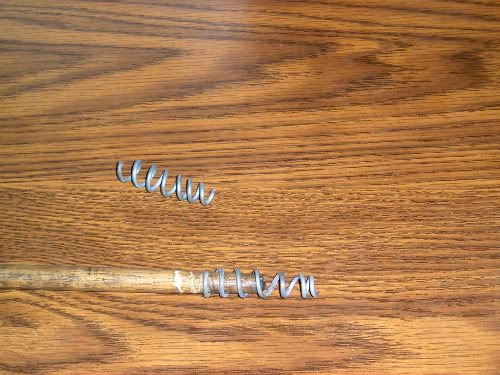I agree that if someone was specifiacally going after bear they would probably load ball and if going after small game would load appropriate shot. :thumbsup:
My question is regaurding the person who was just walking through the woods not knowing if occasion would come to shoot at deer, squirell, turkey or whatever.
I think in this instance that coarse shot something like BB size would have been used.
I know it is not legal today but a load of BB shot at close range will take deer or maybe even larger size game.
In Louisiana it is legal to hunt hogs with whatever weapon can be used for the season in progress. This means if you are squirell hunting with a shotgun loaded with #6 and you see a hog that you can legally shoot it. Granted that would have to be CLOSE range. :youcrazy:
I also know someone who shot a deer in the head with #4 shot (not legal) :nono: but still very effective. :grin:
They said that the deer dropped in its tracks.
Also I read an article in the Dec issue of Backwoodsman Magazine about natives in South America who regularly hunt game animals weighing up to 400 lbs. with single shot shotguns loaded with #2 shot. :shocked2:
Just food for thought you know. :hmm:
I thought this would be an interesting subject and wanted to get other peoples opinions.







